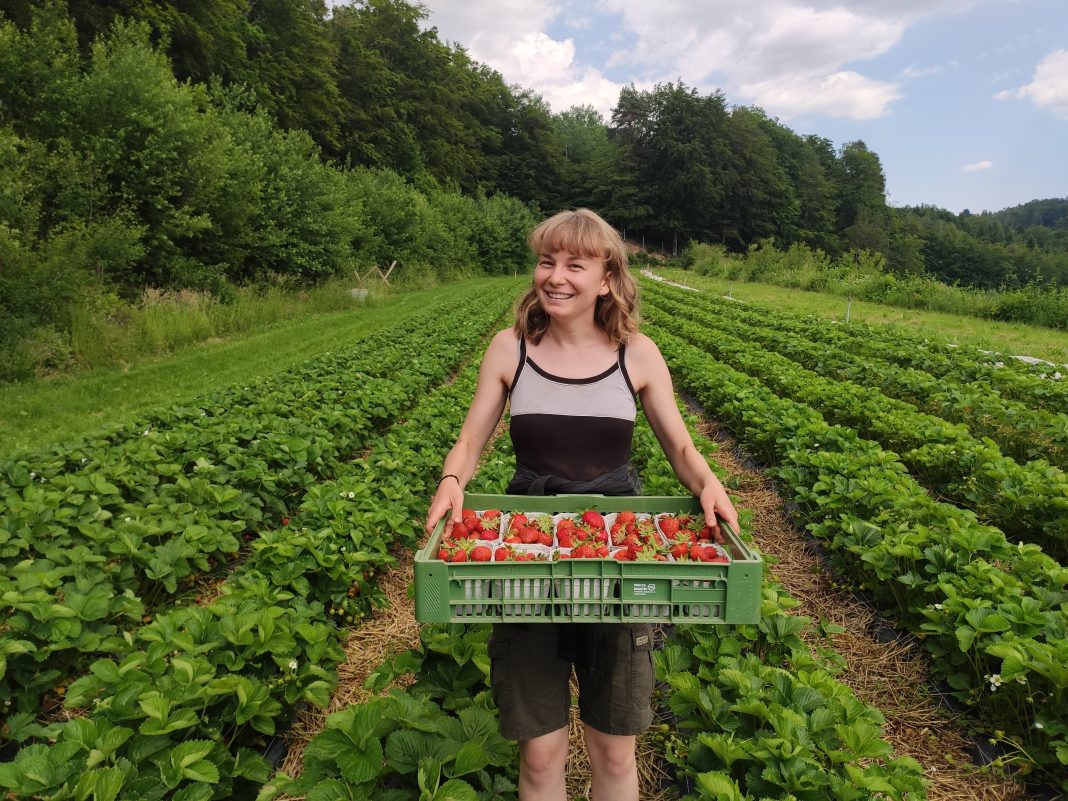Food security will be one of the greatest challenges that humans face in the years ahead. Urban agriculture reduces reliance on rural imports, but a bad harvest can threaten financial viability of small producers and strain supplies again. Community supported agriculture is an alternative model that provides a safety net for both, with the added bonus of closing the gap between producers and markets.
Farmers markets are generally good for local communities.
One reason is that they can take advantage of shorter supply chains, bringing producers and consumers closer together.
By eliminating the need for transport and the time that takes, decay (or need for chemical treatment to prevent it), emissions, and costs can be reduced.
Produce is often fresher and more affordable than in the supermarket, and the types of farms that trade at local markets employ 10 more people, on average, in “full time jobs per $1 million in revenue earned” compared to growers who do not sell locally.
Put another way, farms enjoying direct contact with their communities offer more benefits than their industrial counterparts.
The Fragility of Growing Local
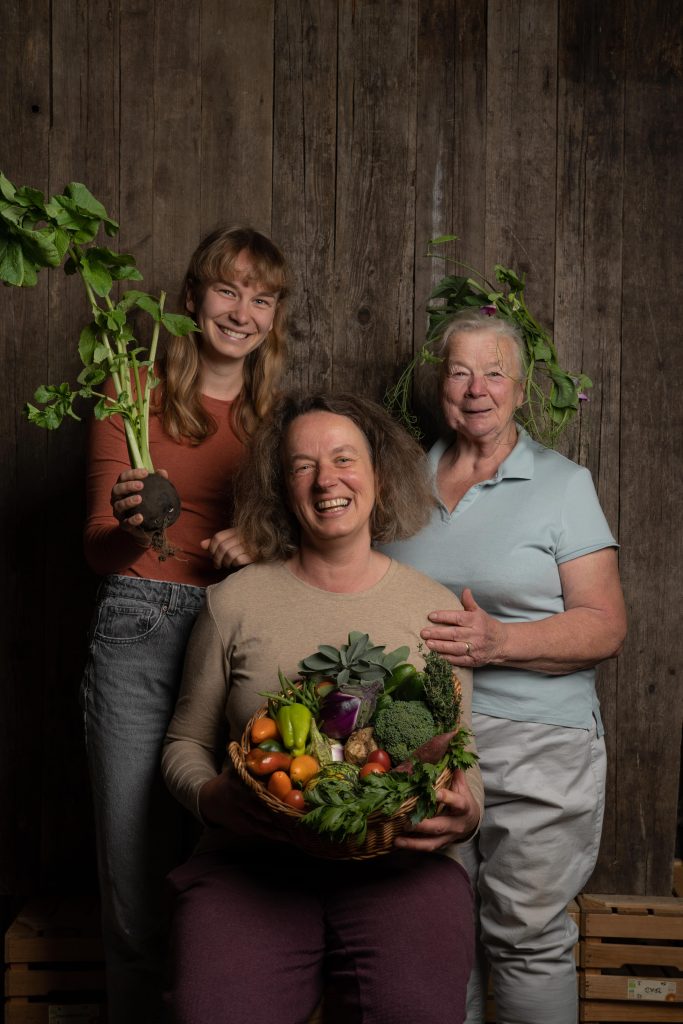
This is certainly true of Jaklhof, a peri-urban family-owned farm run by three generations of women, just ten minutes outside Graz, Austria.
When Anna Fuchs and her late husband bought the land in 1966, they started off raising livestock.
Management was eventually handed to their son, he took advantage of the city’s popular farmers markets by building greenhouses and shifted focus to cultivating vegetables.
This legacy has been continued by his sister, Anna Ambrosch, who inherited responsibility for the farm in 2014. But her daughter Magdalena tells us, sales at famers markets are “very dependent on the weather”.
As a small independent business, it can be tough to keep a farm afloat.
Security for Small Urban Farmers
“Small vegetable farms really don’t get much support from the government,” Magdalena explains, even though they are crucial to finding ways to “feed ourselves, feed our community, feed our nation.”
The problem is that subsidies are based on land size, making it harder for family farms to compete with industrial-sized operations.
It doesn’t check what you grow or how many people you employ, it’s just about how many acres you have or how many animals you have.
That’s despite the latter being more likely to practice monoculture, affecting soil quality, increasing risk of pests, and producing less of the food variety that a healthy diet requires. It’s also the reason why many veggies like tomatoes, peppers, and courgettes have to be imported!
Without financial and political support, farms the size of Jaklhof are more susceptible to market fluctuations and a single bad harvest can put them out of business. In the right hands, though, it can be the threat of adversity that leads to a better sense of resilience.
Community Supported Agriculture
Anna Ambrosch’s recognition for the farm’s fragility prompted her to introduce community supported agriculture (CSA) at Jaklhof.
“The idea is that we as a farm have security,” Magdalena says.
Originating in the USA, CSA has taken off in Austria in recent years, where it’s known as Gemeinschaftsgetragene Landwirtschaft (Gelawi) der Solidarischgetragene Landwirtschaft.
It can take many forms:
- There’s democratic management, where a collective runs the farm and makes all the decisions, from price structures to crop planning.
- Worker Share CSA allows people to toil on the farm in exchange for produce as payment.
- In a voucher system, customers can pay up front then drop in to choose what they want up to the value at any time within a season.
- CrowdFarming is a digital approach, where farmers buy into a platform that helps them sell direct to consumers who might be far beyond the local area.
But for Magdalena’s family, community supported agriculture more closely resembles a subscription service.
Delivering Freshness, The Easy Way
The farm delivers a box of vegetables (Ernteteile in German) to customers who have signed up to get one a week for an entire year.
The price remains constant for the whole 12 months, but it’s the farm that decides what vegetables are in each box. The one constant is that they’re all fresh, organic, and seasonal.
In one week, they get between 8 and 12 different vegetables.
Jaklhof consistently serves around 150 households this way, and there’s no typical demographic. Around half of customers, Magdalena says, have been signed up since the beginning.
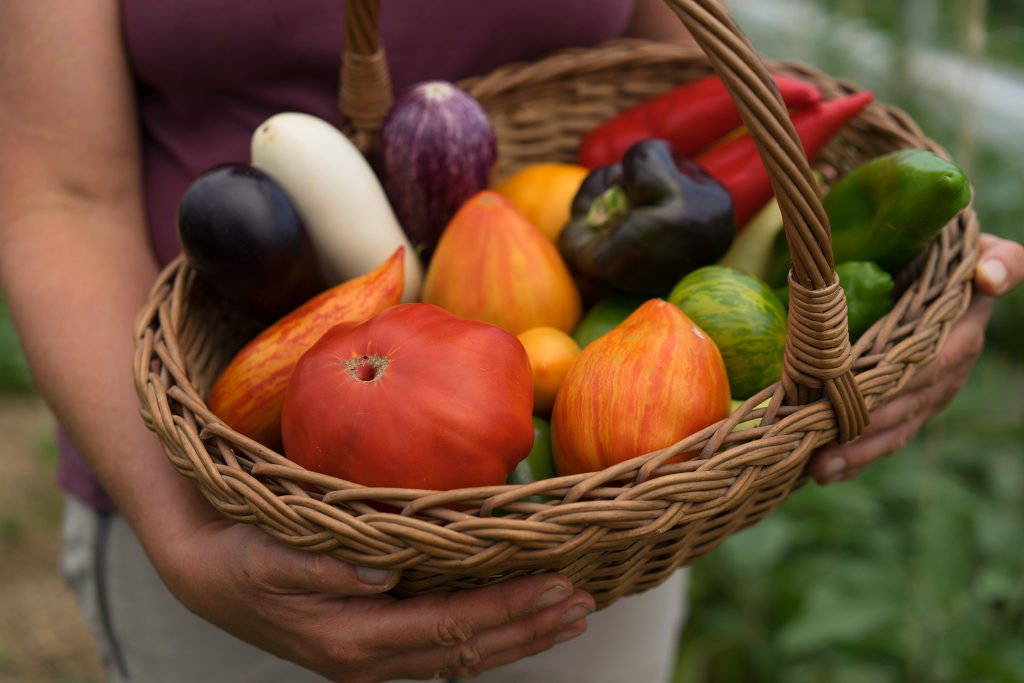
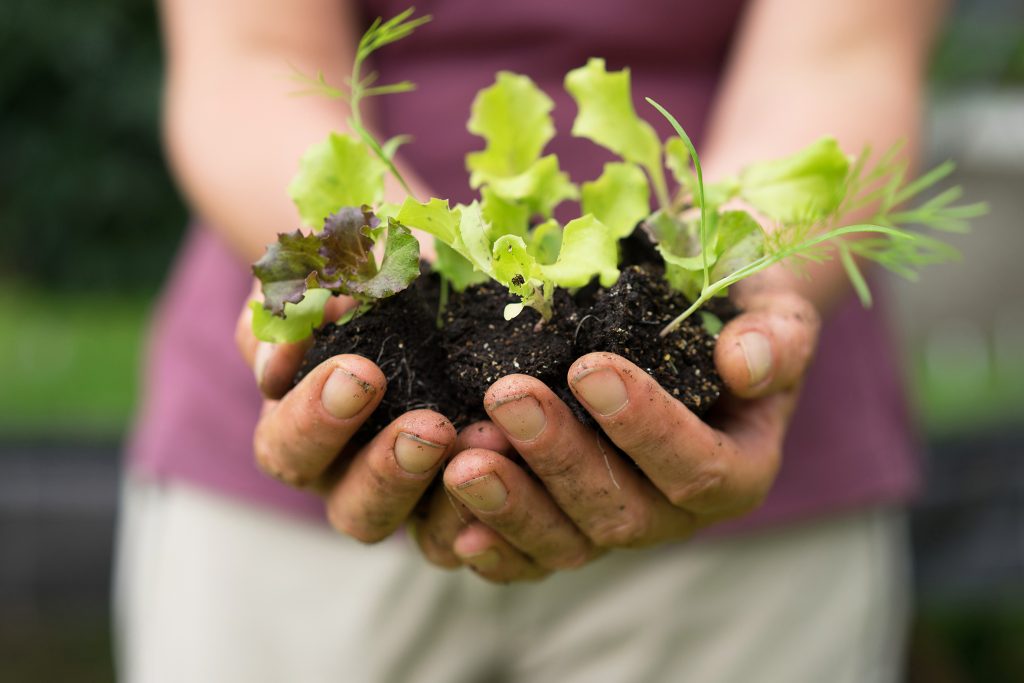

Of course, there’s also an on-site farm shop, which sells a selection of their veg and a whole range of essentials thanks to partnerships with other local farms.
Rather than seeing them as competition, teaming up to offer a greater range of goods – from milk to pasta to fruit – makes the shop and community supported agriculture boxes all the more appealing.
For example, the soil at Jaklhof is not well suited to carrots and potatoes but as staples people expect them in CSA boxes. By coordinating their wares, each farm can meet the community’s demand for good, fresh produce.
It’s really in our hearts to connect with others and to support young farms who want to start; not to see that as competition, because there are so many people we need to feed.
Security Is a Team Effort
For consumers, CSA is highly convenient. They know in advance how much they’ll spend on vegetables each week and they can collect the boxes from one of any number of handy predesignated stations – from organic food stores in Graz to a private garage in outer lying villages.
“Normally, it’s stations where they can go walking or with the bicycle. So they don’t need a car to go there, and they don’t need to drive to our farm.”
For the farm, the advantages are amplified when times are tough.
Excess rain and hail impacted Jaklhof’s crops in 2023. With far less to sell, traditionally the farm would have struggled. Thanks to the regular income CSA provides, the farm weathered the storm.
This is where the direct connection between producer and markets comes into play: many of the customers know the farm team well – some even volunteering to help out regularly – and were sympathetic to their troubles.
With depleted yields, people accepted less in their food parcels for a while but continued to pay the regular rate. This goodwill saw the farm through and was returned when the harvest picked up: Jaklhof increased the weight in each box.
Putting the ‘Community’ In Community Supported Agriculture
After this, the farm decided not to increase their prices for the year.
Aside from a winning move to retain existing custom, this was a gamble done to improve accessibility to the scheme.
The hope was that people who could afford it would volunteer to pay a bit more to help cover the costs for hard-up households, who would then be able to pay less to participate.
Sadly, it didn’t work. Not because of a lack of interest but because Jaklhof felt the pinch of rising costs – like energy hikes caused by the war in Ukraine.
For any other farm, this might have been a dilemma. Not in this case.
Every few months, a small group of customers (the Ernteteile group) meet Anna online to talk about and feedback on the farm’s developments, plans, and projects.
It’s helpful for us to have opinions from the people we give our vegetables to.
They advised the farm to raise their prices – a decision that would have been a lot harder to make unilaterally.
“You need a community for that,” Magdalena admits, because it would ripple through the symbiotic structure of their community supported agriculture scheme. “It really helps you through the hard times.”
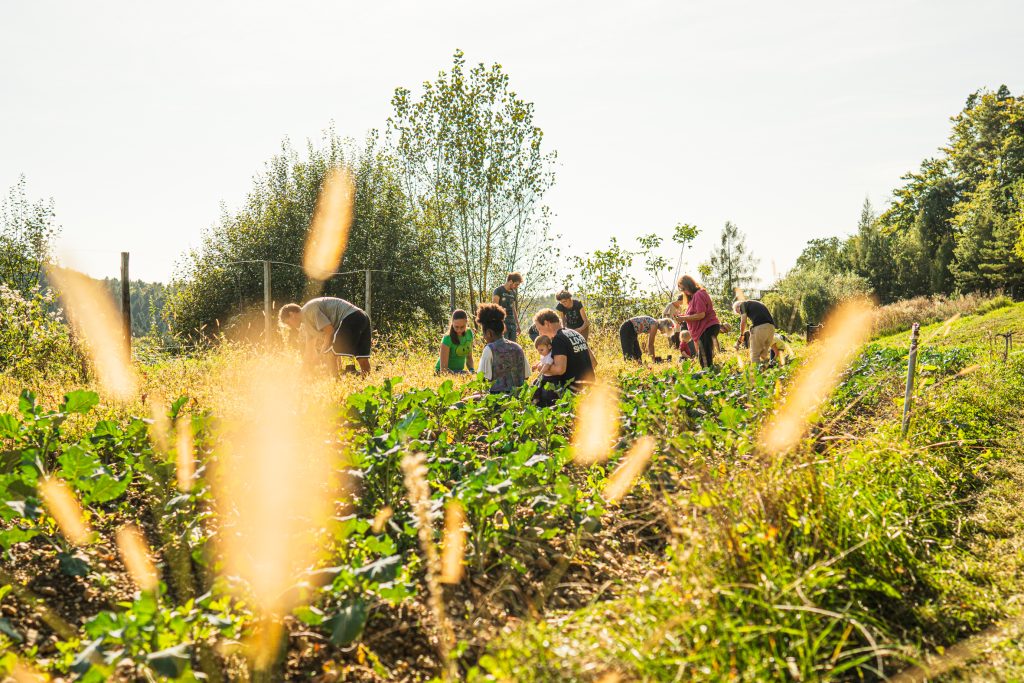
From Seed to Tree – More Ways to Sustain Local Farming
Magdalena didn’t grow up on the farm, nor did she ever want to become a farmer. Her interest was piqued while recuperating there for six months after an accident rendered her unable to walk.
“Then I saw, it’s really my passion. It is so nice to work where you can really be behind it, to have a vision which really makes an impact”.
That’s now part of Jaklhof’s main objective – to create a lasting legacy.
Aside from vegetable boxes and general goods sold on-site in the farm shop, the Ambrosch family is occupied by selective breeding new variants of crops for three months of the year.
They then sell this range of young seasonal plants and seeds – all adapted for localised environmental conditions: soil types, weather, altitude, etc. – partly to support their income, but also to provide food sovereignty in the Hügel- and Schöckelland region around Graz.
Seed work, as it’s known, is an ancient craft, long forgotten by most farmers here.
Magdalena has noticed how seeds developed locally get more accustomed to the climate each year, resulting in stronger crops, which are more resilient to “plant sickness” and pests and produce a good yield.
The Urban Future Is Small Farms
Jaklhof’s new breeds are sold to other small farms and hobby gardeners. “There are so many young people right now who want to start vegetable farming,” Magdalena chimes. “I really like the idea of producing small plants for people who garden, to just pass on that joy of growing things,”
Very nice too. Each new partner – whether hobbyist or working farm – will add a bit more contingency to a city’s food security in the event of another blighted harvest.
That’s why closing the gap between producer and market is so important, as is cultivating crops resilient to extreme weather and climate change.
Modest-sized growers have an advantage: 60% of Austria’s land is mountainous and so unfavourable to goliath farms, while the likes of Jaklhof can make use of much smaller patches closer to urban centres.
It’s unlikely that these will ever meet a full quota of food needs for a city like Graz. However, the number of independent farmers in peri-urban locations is increasing and will play a growing role in food security as time marches on.
Central governments aren’t excused from their lack of financial support for smaller producers but those who can adapt to this situation and thrive regardless will be at the forefront of the most robust responses to demands for food.
Community supported agriculture gives us the best clue of all to what makes this work: it must work in conjunction with the community!

